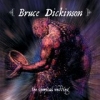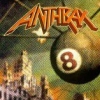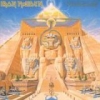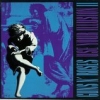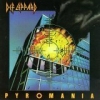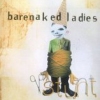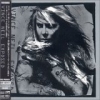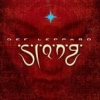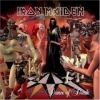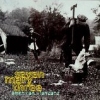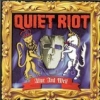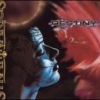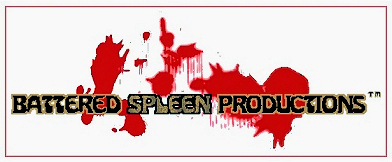Peekaboo
There is a decision to be made every time a horror creator starts in on a new story. That decision is about just how much detail to present in describing the more visual and graphic portions of the story. Such detail not only presents itself in the form of guts and gore, but also the level of description unnatural things such as monsters receive, and the amount of explanation a phenomena or device requires. The level of this sort of detail can drive the direction that the story takes, contrast the plot against the mood, and determine the intended audience.
Horror being about the unknown and the unseen has something of a tendency in parts to focus on the visceral fears that most people share. While visceral means deep-seated, personal, instinctive, and emotional, it also means a gut feeling. Taking the phrase gut feeling literally a lot of stories use viscera, or guts and gore, to create their visceral impact. This is certainly most prominent in film, but appears often enough in written horror as well. Most people are not familiar with the inner workings of the human body, and certainly are not used to seeing them. The same thing goes for seeing blood. Some faint at the sight of a little blood and certainly the idea of a lot of blood hits home to just about everybody in some way.
Use of graphic details like guts and gore can make a story more gritty and add layers of realism. Death is always messy, especially when big and nasty man-eating monsters or crazed people with big and varied sharp weapons are on the prowl for victims. In a way these stories try to drag the audience in by making them see everything that happens. The same way monsters are given as much detail as possible to cement them in the mind's eye of the audience. Similarly, lack of such details can make for a more glossy or surreal story. These stories go for the more intellectual horror or rely more on the mood to do their work of chilling the audience.
The graphic and gritty and the glossy and surreal can certainly exist in the same story. In such cases the two contrast each other. The mood can be thoughtful and paint a picture that is subtly textured and then the visceral horror rips through the narrative, all the more shocking for the lulled audience or the one set on edge by the mounting fear inspired by the atmosphere created. This can also be where a horror can cross the line to become a dark fantasy. The horror can be blunted by the capability of the characters to fully gain the upper hand and turn the story into an epic struggle. Likewise a rational and clinical approach to what is going on can blunt the fear but leave the horror intact.
The ratio of what is shown and what is not shown in conjunction with how what is shown is presented ultimately determines the audience that the story is intended to please the most. Slasher and monster stories with their graphic show-all-style draw a particular audience, the gore-hounds and those looking for a simple scare. Creeping horrors and ghostly tales draw an audience that is looking to let their imaginations run wild and want to be left that cold chill down their spine. Sci-fi horrors and dark fantasies draw an audience that wants more than just horror, they want to either look under the hood as it were, or to see the light win out over the dark.
Either way the horror creator has a decision to make that will define not only the story but how it is received by the audience and who that audience is. Some creators have staked their reputations on choosing to do the bulk or entirety of their work showing it all or showing as little as possible. H.P. Lovecraft chose to show as little as possible and stories in the same vein rely on half-glimpses of things and lurking monsters beyond imagining. By comparison Cilve Barker originally showed everything that he could and gave a kickstart to what is best described as Spaltterpunk. Somewhere in the middle is Brian Lumley who walks a fine line down the middle while Graham Masterton bounces between them. It's all horror, and it's all good. Life is about decisions and hardly one goes by that doesn't affect other people.
© 2002 Robert G. Male
Mood: even.
Music: Into the Storm by Blind Guardian and Cinnamon Girl by Type O Negative.
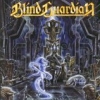 | Buy these at Amazon.ca Click Images to Buy | 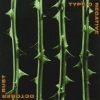 |


